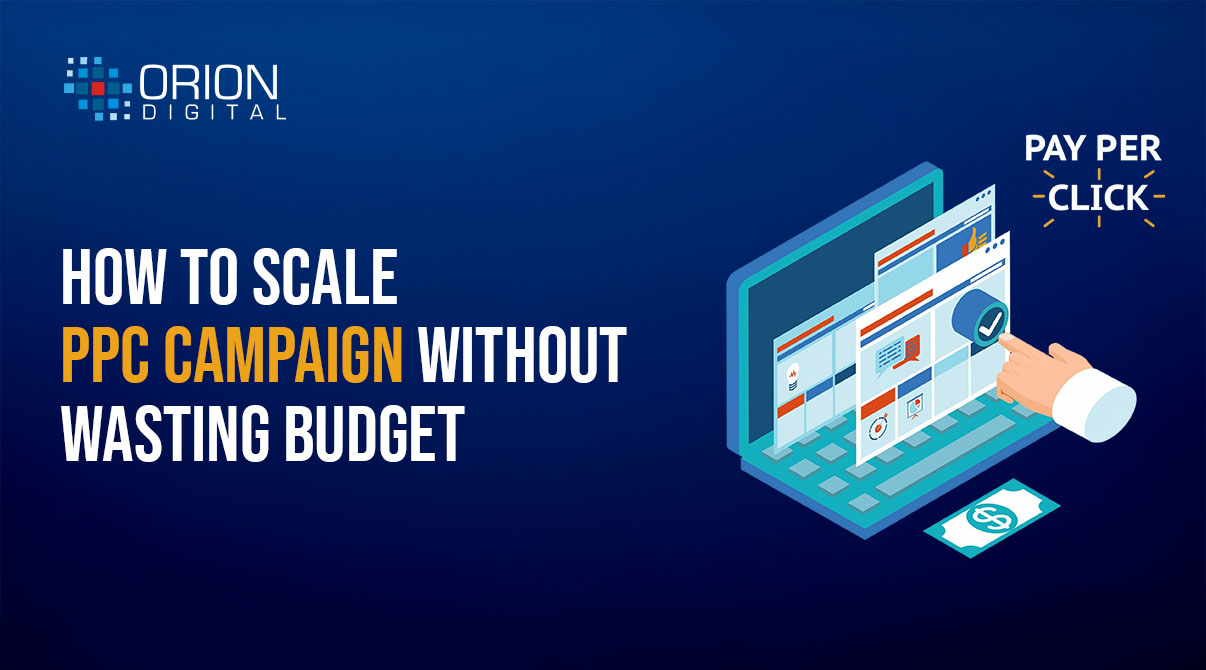
The Ultimate Guide to Optimizing Outdated Blog Content
- Naveen N
- February 17, 2025
- Digital Marketing
- Content
- 0 Comments
In the rapidly changing digital marketing world, producing exceptional content is just the start. After a while, even the most excellent blog posts become outdated and less effective at generating traffic or captivating readers. If you’ve got a blog post that no longer performs like it used to, don’t panic! You don’t have to begin again. Rather, you can revive it by just merely updating the old content.
In this blog, we will guide you through easy steps on how to update your old posts, so they remain useful to your readers and continue to contribute to your SEO, even today.
Why Should You Optimize Outdated Blog Content?
Before jumping into the ways to improve your old blog posts, let’s see why it is necessary to optimize rather than leave older posts behind:
- SEO Benefits: Search engines such as Google prefer new content that is still relevant. Refreshing your past blog entries will provide them an opportunity to be ranked higher on search engine pages. Google’s algorithm is programmed to search for useful, fresh content, and optimizing old postings can enable your blog to gain or become more visible.
- Save Time and Effort: Updating new blog posts from scratch requires effort, time, and research. Using existing content to optimize is a more effective means of keeping your blog relevant without having to start from scratch.
- Enhanced User Experience: Individuals enjoy informative, relevant, and latest information. An older blog entry filled with dead links, out-of-date statistics, or old information may make visitors mad enough to bounce away. Fresh content means you have a positive experience for your users.
Steps to Optimize Outdated Blog Content
Now, let’s get to the nitty-gritty of how you can revive old blog posts. This is done by going through your content, updating it as needed, and enhancing the overall value of your blog.
- Update the Content to Reflect Current Trends
Optimize the old content by rewriting the post with fresh, relevant facts. For instance, if the post is regarding “Top Social Media Trends of 2020,” it is now time to make it trendy for the current era, for instance, “Top Social Media Trends of 2025.” As it is now 2025, you have to refresh your blog with the newest strategies, such as the growing role of AI-powered content optimization, voice search, and user experience signals. Ensure your blog contains what’s currently effective in the industry.
- Optimize for SEO
One of the primary reasons to go back and update older blog posts is to improve their SEO performance. As search engines continue to develop, so do SEO best practices. Here’s how to make your content better:
- Re-title: Make sure the title remains catchy, relevant, and contains high-traffic keywords.
- Use Current Keywords: Keyword trends shift over time. Use Google Keyword Planner, SEMrush, or Ahrefs to determine the most appropriate keywords for your theme, and incorporate these keywords naturally in your blog post to attract readership and relevance.
- Meta Description Optimization: The meta description plays a vital role in both SEO and user experience. Ensure your meta description is refreshed to suit the new content and contains the target keyword.
- Improve Readability: Organize your blog’s layout for improved readability. Utilize bullet points, headers, and brief paragraphs to divide text. This makes your post more engaging and easier to follow for readers.
- Refresh Internal and External Links
Older blog posts can have stale internal and external links. Broken links damage your SEO scores and user experience. Here’s how to correct them:
- Update Broken Links: Go through all the links in your post to confirm whether they are working or not. Replace in case there are any broken or external links, update fresh and new links pointing towards relevant sources, or just omit them altogether. Ahrefs or Screaming Frog will get you going instantly on spotting the broken links.
- Add New Internal Links: Internally link to newer, applicable blog posts within your site. This lets the search engines know that your pieces of content are related, thereby increasing your site’s overall SEO.
- Include New External Links: Provide links to trustworthy, current sources that will support your information. This demonstrates that you have done your homework and that your blog is linked to reliable sources of information.
- Enhance Visuals and Media
Visuals, such as images, videos, and infographics, contribute much to user engagement and SEO. If your older blog post has poor visuals or features outdated pictures, it’s time to update them:
- Add Relevant Images or Videos: Add new, high-quality images or videos related to the new content. If possible, add an informative infographic that highlights the blog post.
- Optimize Images for SEO: Make sure that all images have alt text that describes them and contains keywords related to them, so they can also be SEO-optimized.
- Update Image Captions: Ensure image captions remain valid and applicable to your new content.
- Add New Examples, Case Studies, or Data
Real-life examples, case studies, and statistics are good weapons to lend credibility to your content. Outdated statistics or examples that are no longer relevant may be mentioned in older blog postings.
- Add Recent Case Studies: If your submission refers to case studies, add relevant, and successful examples to provide your readers with more contemporary and applicable information.
- Use Current Figures: Replace outdated statistics with more recent information. If you have already written a blog article regarding email marketing trends, update it with recent data instead of using outdated open or click-through percentages.
- Revise the Conclusion and Call to Action (CTA)
Your old blog post can have a stagnant conclusion or stale call-to-action. Update these areas with a more effective CTA that is aligned with the new, revised content and your brand’s current objectives. For instance, after launching a new service, you can now call to action with “Contact us for a free SEO consultation.” Your original call to action may have been, “Subscribe to our newsletter for SEO tips.”
How Often Should You Update Your Blog Content?
It’s not enough to update outdated content once and forget about it. Content updates should be an ongoing process. Here’s a simple guide to keep your blog fresh:
- Monthly Reviews: Regularly audit your existing content to identify posts that need updating, especially if they cover trending topics or fast-moving industries.
- Quarterly Overhauls: For posts that have a long lifespan or are known for their evergreen relevance, consider revisiting and optimizing them every few months.
- Track Performance: Use tools like Google Analytics to monitor which of your blog posts are still performing well and which are underperforming. Update the underperforming posts as needed.
Conclusion
Optimizing your older blog posts is a crucial strategy for keeping your site fresh and competitive online. Not only does it help with SEO and user engagement, but it keeps your brand a reliable source of up-to-date information. By doing these steps—refreshing content, boosting SEO, refreshing links, and adding new photos—you can breathe new life into your older posts and keep them driving traffic for years to come.
Therefore, don’t let your past blog posts gather dust. Start optimizing them today, and see how a little bit of effort can yield enormous rewards for your brand’s online reputation!






